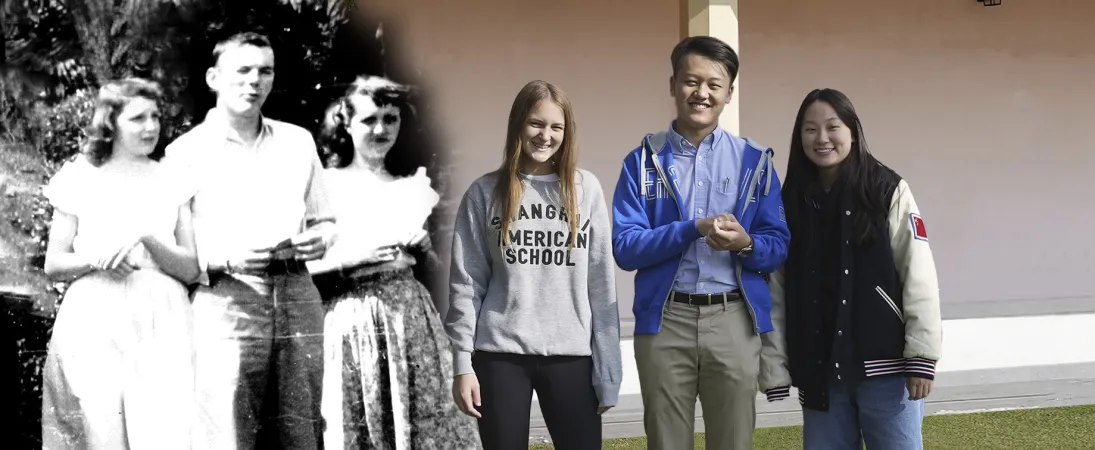Our History
The story of Shanghai American School is the story of Shanghai itself—with all its energy, possibility and, yes, uncertainty. 111 years after our founding, the spirit of SAS is undeniably one of taking on any challenge, adapting, and thriving. It’s a story of growth and optimism. A story of crisis and persistence. Of community and traditions. Here’s a look back at our journey through the last (and current) century.
1912-1921: Home Away From Home
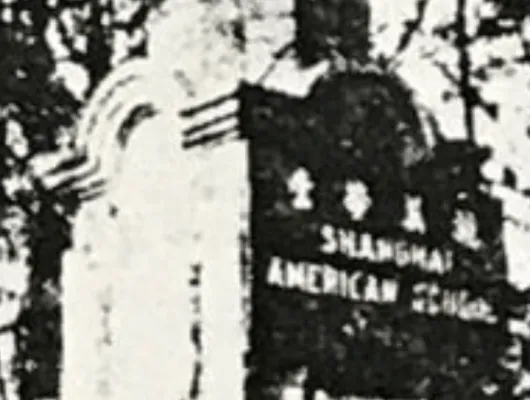
Foundation
From its inception, SAS was a little piece of America for expats in China. In the era following the Qing dynasty, expats were not only business executives but also missionaries who wanted their children to stay connected to the land of their nationality.
On September 17, 1912, the first campus of Shanghai American School opened its doors to 38 day and boarding students in a Victorian residence on North Sichuan Road in Hongkou, with the original gate shown here on the right. A place you’d love to go back in time and see, except for the lack of air conditioning and running hot water.
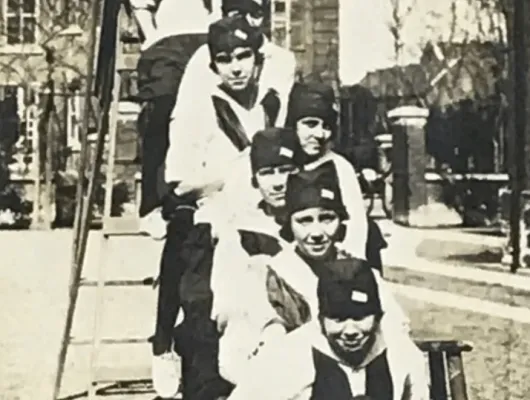
Student Life
By 1917, enrollment had grown to 150 students, enough to conduct that most sacred of American institutions – sports. SAS boys competed with YMCA and even US military teams in football, baseball, and soccer (the other football), and girls had the extra difficult handicap of playing basketball in bloomers.
Student clubs also sprouted from the start, including Glee Club, the enticingly-named Good Times Club, and The Athenaeum, a high school club to promote intellectual culture and public debate. Like today, these students enjoyed the freedom of not having a dress code, although ballroom dancing was strictly not allowed in the dorms.
1922-1931: Growth and Optimism
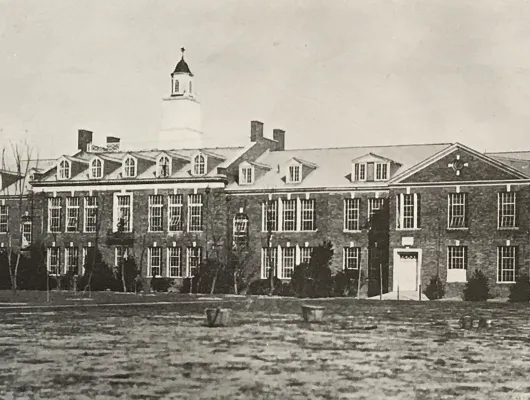
Expansion
After graduating the first class of 5 boys and 2 girls in 1917, the school, which had already been spilling over into other temporary facilities, began to plan the building of (and fund raising for) a more permanent home. The first purpose-built campus opened on Hengshan Road (then Avenue Petain) in 1923 and would become the source of fond of memories for our pre-war alums.
Along the way, administrators wrestled with familiar challenges of decisions on curriculum, teacher recruiting from overseas, and the departure of expats nervous at the outbreak of the Chinese Civil War.
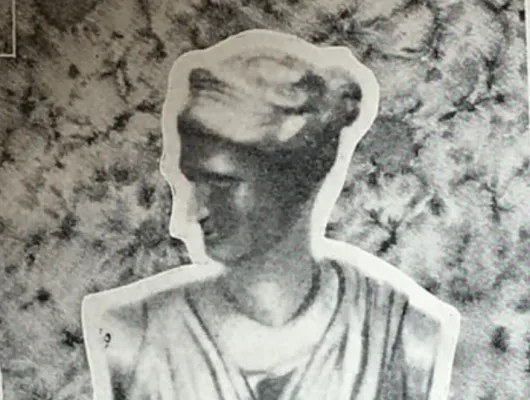
Traditions
Though none of the early cheers caught on (see a compilation of Greatest Hits from one of our current history students), a time honored tradition of one class stealing a plaster Bust of Juno from another class began in 1919. Over the years Juno has had many lives, including in pieces, buried, beheaded, and in bronze, but she still lives on today in the halls of Pudong High School.
Most importantly, the can-do spirit of “Possumus Quia Posse Videmur,” or "Since we think we can, we can", still rings true since appearing on the cover of the school yearbooks 100 years ago.
1932-1941: Global Shocks
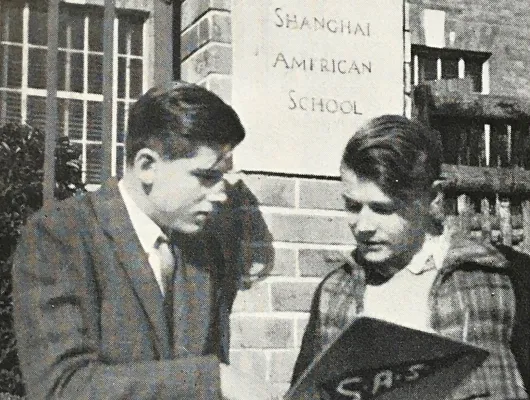
Unrest, stability. Repeat.
Fighting with Japanese troops in 1932 destroyed the area near SAS’s first location, but it could not dampen the growth of the school, which added another dormitory (complete with hot water) and sports facilities to accommodate its 550 students.
Relative calm exploded again into war in the August 1937 Battle of Shanghai, taking one of the founding fathers of SAS as a casualty. Many students and faculty were caught out of Shanghai on summer vacation and returned instead to their home countries.
1942-1951: Bootleg Era
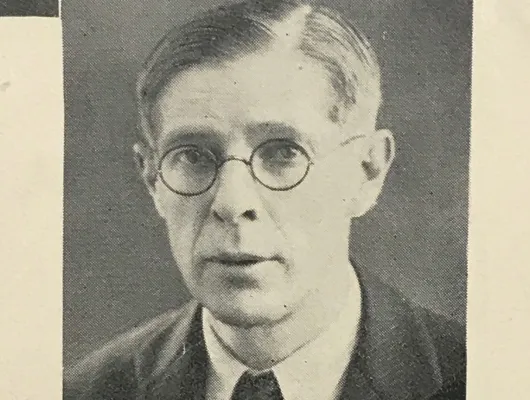
Frank “Unk” Cheney
Bringing American ambition to life, Frank (“Uncle”) Cheney was the force that kept SAS going during a pivotal time in the school's history. A seasoned international school teacher with stints in the Philippines and Turkey by 1934, Cheney served as mechanical drawing teacher, dorm supervisor, and facilities manager, before taking up the mantle of school head.
After Shanghai American School was declared closed in April 1941, Cheney rented a few rooms on the same campus to serve a contingent of remaining families under the name of “American Private School of Shanghai.” Once the U.S. officially entered the war, he wisely swapped the word “American” in favor of a more neutral “Community Private School.”
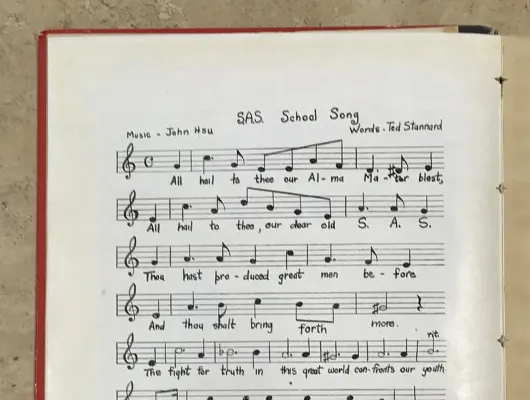
Post War
The post-war years ushered SAS back onto campus, with Americans ironically in the minority amidst a student body of over 25 nationalities, including a few “stateless” nations that were no longer recognized. Tuition was still $8 a month, but the school would need a bit more funding to restore the facilities weathered by the war. For several years students plunged back into their life of clubs, sports, and pranks, until once more, forces beyond their control prevailed.
Despite efforts to continue operations under different forms, the last class graduated in 1950 and SAS began what would be a 30-year recess.
1980-1989: Revival
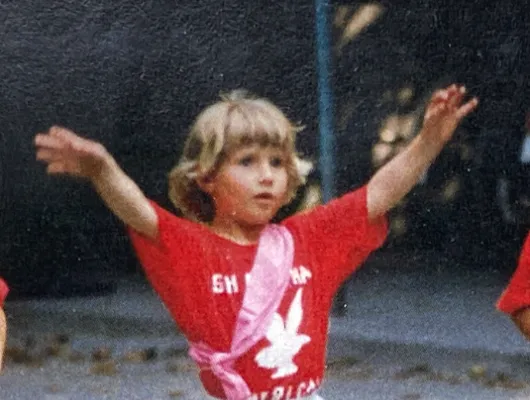
SAS 2.0
The reestablishment of Sino-American diplomatic ties in 1979 brought the American consulate back to Shanghai, and with it a need to educate children of diplomats and business executives. And thus began the second era of Shanghai American School, first in an apartment with materials from a correspondence course (in retrospect, perhaps the first distance learning!), then in the dining hall of the U.S. Consulate on Huaihai Road.
Under a decade of female leadership, SAS expanded with the economy of China, from 8 students, to 21, to 65, to additional grades and yet again another location at the Shanghai #3 Girls School.
1990-1999: A New Home
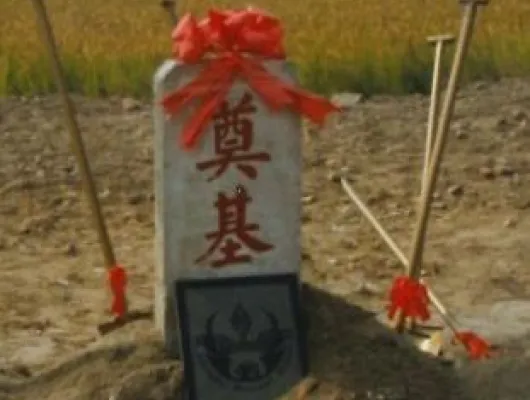
New School, Old Roots
With students representing 20 countries and growing out of middle school, it’s no surprise SAS was once more struggling with space by mid 1990s. When it became awkward to have high school boys on the rented campus of a Chinese all-girls school, the school decided to repeat its 1920s history and purpose build a campus. Or two, this time: one on Puxi, one in Pudong. Though Pudong was essentially flat farmland in 1990, throughout the decade more foreign companies were sending employees who would live in the new housing developments there and need a nearby school.
It’s hard to remember, but there were no elevated roads and only one metro line in the 1990s. The SAS Pudong campus broke ground in 1996 and opened 2 years later, while across the river in 1997 SAS Puxi secured its current location and settled all divisions into the Puxi home that we know today.
2000-2024: Flying High
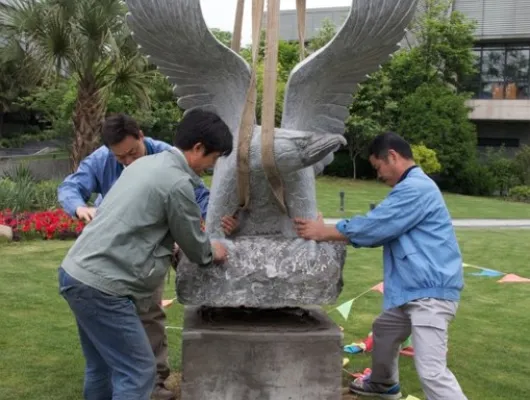
Visions Become Reality
With the luxury of not having to worry about moving, the various leaders of SAS over the past 20+ years have been able to create programs and facilities that are arguably the best in class. Launching the IB program in 2000 enabled SAS to be one of few schools to offer both IB and AP courses.
The following decade saw the advent of signature programs such as Microcampus and Innovation Institute. New gyms, aquatics centers, and a black box theater as well as a performing arts center on each campus meant SAS facilities rivaled that of small colleges. Most importantly, an early focus on recruiting top teachers has given SAS the ability to attract the best educators worldwide.
Special thanks to the following for their contribution:
Angie Mills (SAS 1942) author of A Story of the Shanghai American School
Yale Divinity Library, Phoebe White Wentworth collection (SAS 1935)
Samuel Richards
Kevin Lynch
Dora Hsu (SAS 2023)




